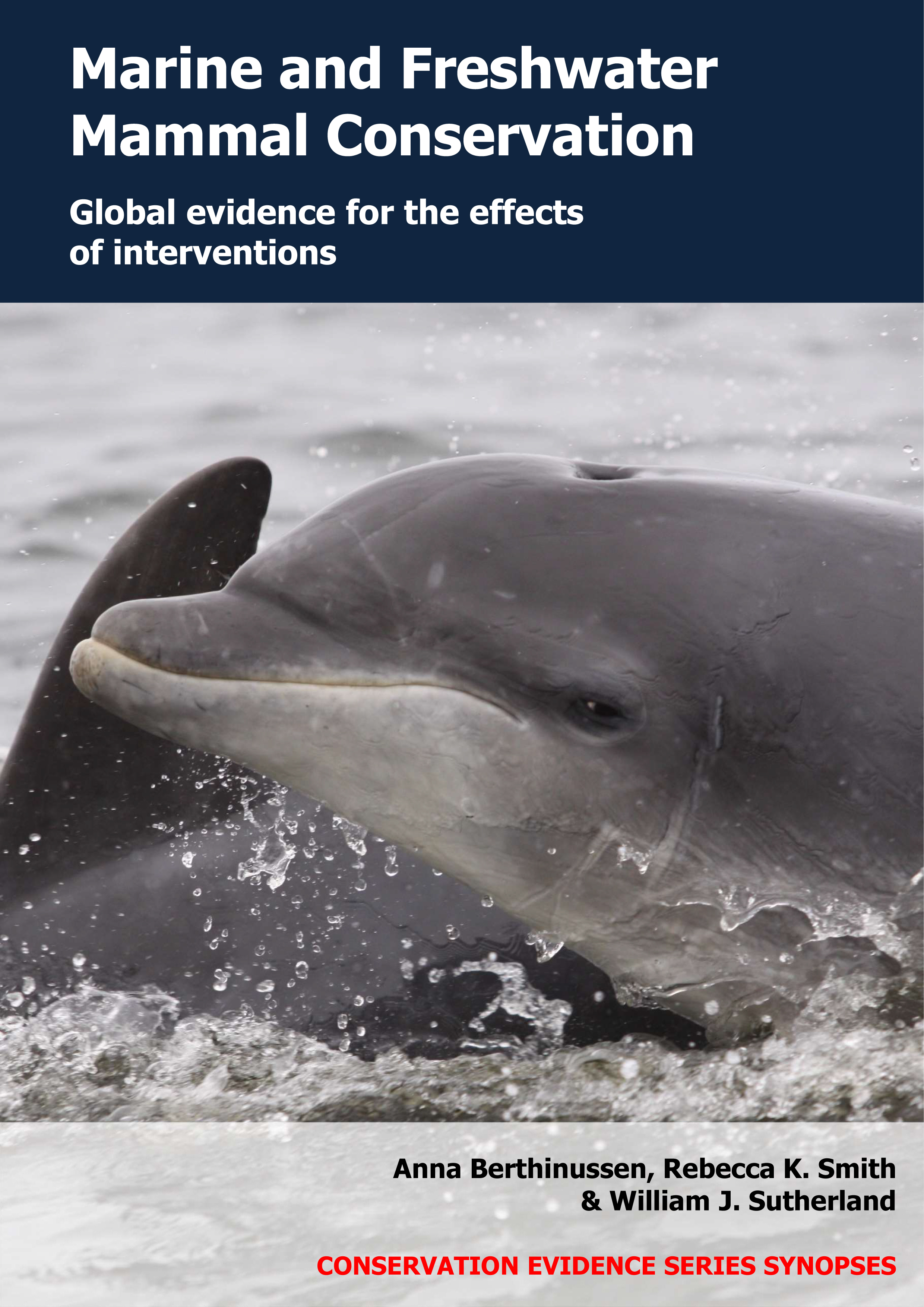Inform the public of ways to reduce disturbance to marine and freshwater mammals (e.g. use educational signs)
-
Overall effectiveness category Unknown effectiveness (limited evidence)
-
Number of studies: 1
View assessment score
Hide assessment score
How is the evidence assessed?
-
Effectiveness
20% -
Certainty
30% -
Harms
0%
Study locations
Supporting evidence from individual studies
A controlled study in 2009 at a peninsula in the South Pacific Ocean, New Zealand (Acevedo-Gutierrez et al. 2011) found that tourist groups that observed information signs approached and disturbed New Zealand fur seals Arctocephalus forsteri in similar numbers to those that did not observe signs. The percentage of tourist groups that remained >5 m from seals was similar whether they had observed signs (61%) or not (66%). The percentage of groups in which at least one person attempted to touch seals also did not differ significantly (observed signs: 1.4%; did not observe signs: 2.4%). The same was true for the percentage of groups that caused seals to move away (observed signs: 12%; did not observe signs: 9%). In summer 2009, a total of 362 tourist groups (each with an average of three people) visited a seal colony over 20 days. Each visit lasted an average of 25–26 minutes. Several signs posted around the site stated that visitors must remain >10 m from seals on land. A total of 236 groups observed signs, 126 groups did not. Trained observers on a cliff top recorded whether each of the 362 tourist groups observed signs (walked up to them) and how they interacted with the seals.
Study and other actions tested
Where has this evidence come from?
List of journals searched by synopsis
All the journals searched for all synopses
This Action forms part of the Action Synopsis:
Marine and Freshwater Mammal Conservation
Marine and Freshwater Mammal Conservation - Published 2021
Marine and Freshwater Mammal Synopsis





)_2023.JPG)














